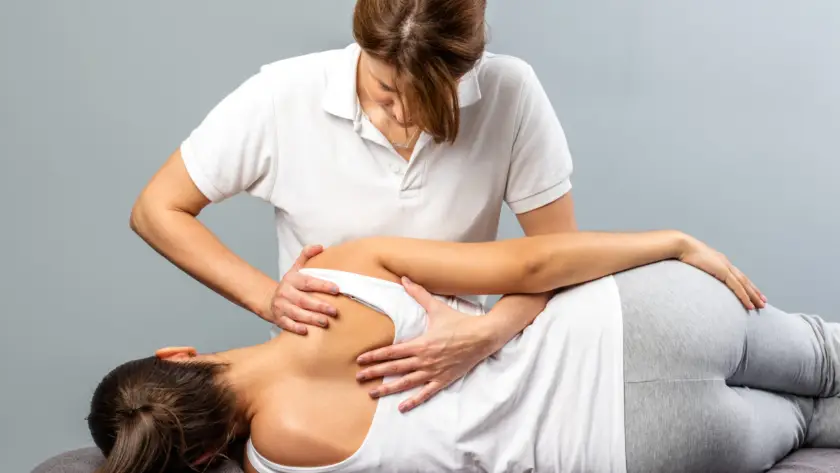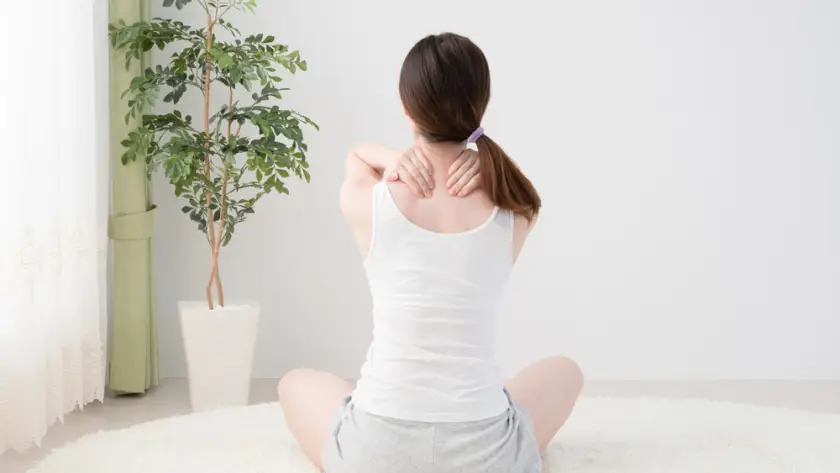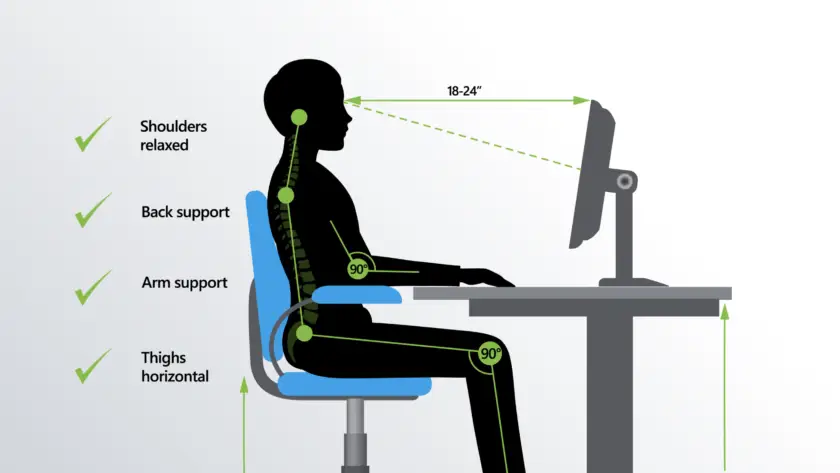
Chiropractic Articles, Massage Articles, Neck Pain Articles, Physiotherapy Articles
What is Osteopathy Treatment? Osteopathy treatment is a non-invasive therapy that aims to improve the patient’s overall health instead of treating a specific illness or group of symptoms. This is because symptoms occurring in one area of your body can be linked to a...

Massage Articles, Neck Pain Articles
Take Care of Yourself with These Self Massage Techniques You probably know that massage therapy offers many benefits. It can help relieve stress, improve circulation, reduce pain, restore flexibility, improve sleep, and more. The best way to take advantage of these...

Chiropractic Articles, Massage Articles, Neck Pain Articles, Uncategorized
Is working from home bad for your body? Contrary to popular belief working from home can be just as challenging as working at your office. You can develop bad posture if your workspace isn’t set up ergonomically to accommodate sitting for long periods of time in front...

Massage Articles, Uncategorized
What’s Causing My Fingers to Become Numb? If you are dealing with numbness in your fingers, it can make even the simplest of tasks seem difficult. The loss of feeling in your fingers may prevent you from doing anything that requires a light touch or precision,...




